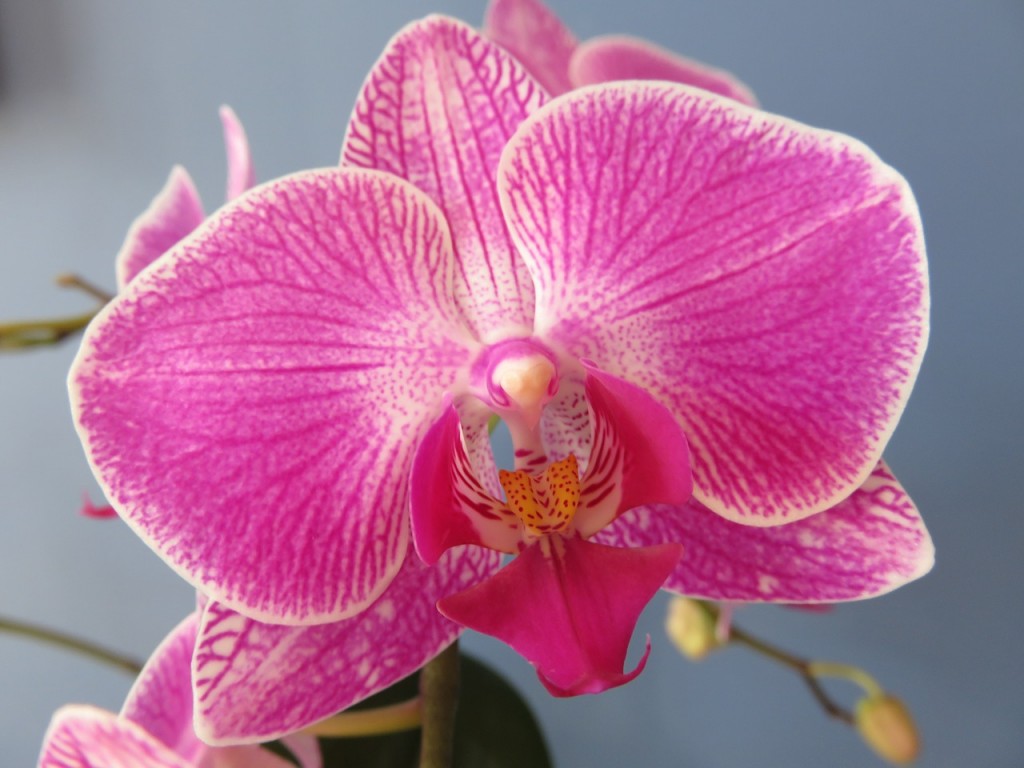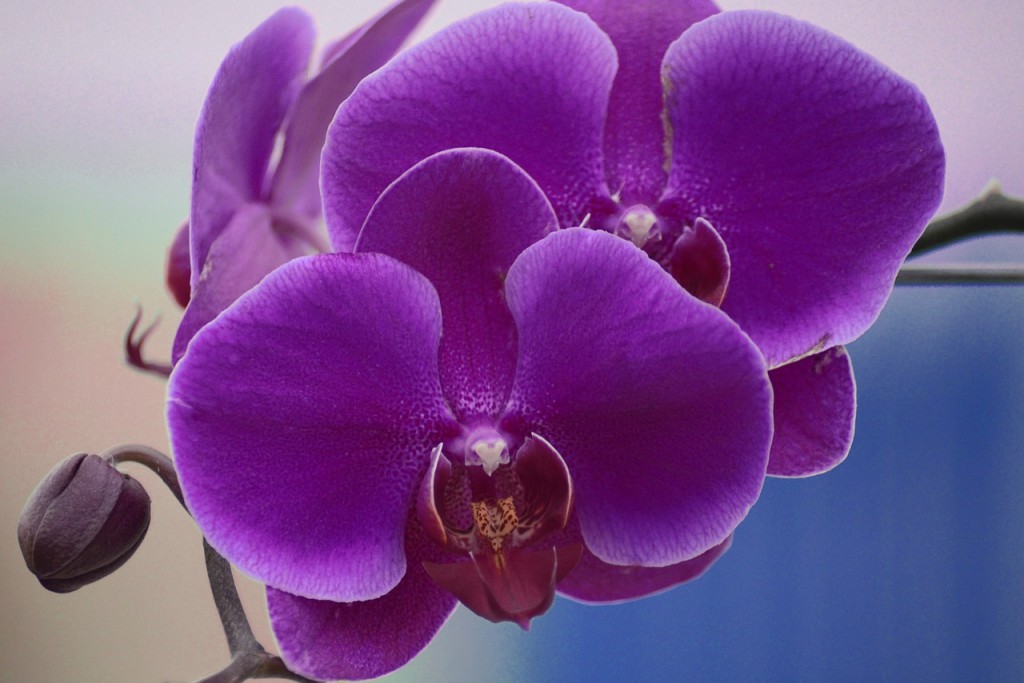“If nature ever showed her playfulness in the formation of plants, it is visible in the most striking way among orchids.” – Jacob Breynius, 17th century botanist
Orchids through the ages
Growing orchids in glass or greenhouses dates to the mid-19th century, when wealthy landowners in England and elsewhere constructed elaborate glass structures to cultivate, or conserve, exotic plants.
Orchids, which at the time were transported from tropical and sub-tropical areas of Asia, South America, and Central America, were in such high demand they were auctioned for exorbitant prices in London and Liverpool.
Well-intentioned gardeners, unfamiliar with the indigenous climate of origin, assumed the tropical beauties required hot and humid conditions, and attempted to replicate their native habitat by creating heavily-paned, hot glasshouses with little ventilation.

Many of the plants perished under such extreme conditions, and hence, their reputation for difficulty arose.
To be sure, orchids—a reference to members of the Orchidaceae family—are complex and numerous.
In fact, Orchidaceae comprises one of the largest and oldest flowering families in the entire plant kingdom, with some species in existence over 120 million years ago.
Confuscious compared the pleasure of seeing friends to entering a room full of orchids, Medieval herbalists believed the plants to be aphrodesiacs that encouraged conception, and Charles Darwin studied the plant when developing his theory of evolution.
Orchid diversity
Today, the Royal Botanical Gardens, Kew, lists nearly 900 genera, and over 20,000 species of orchids in the world; add to that hybirds and cultivars, and the number of orchids tops 100,000. North America alone boasts approximately 20 genera and hundreds of species.
There are vine orchids, shrub orchids, and orchids with sword-like foliage. Many have enormous flowers, some bear miniscule blooms, others flower in elegant clusters.
Yet, despite their diversity, orchids are remarkably adaptable, growing naturally in areas as dissimilar as tropical jungles, upper branches of trees, tundras, rainforests, mountians, plains, deserts, and swamps.
They are terrestrial (they grow in the ground), or epiphytic (they perch on trees, plants, or rocks), or both.

They are found in tropical and temperate America, Asia, and Africa, as far north as the Artic Circle, and south to islands close to Antartica.
However, all orchids have one thing in common—the need for good air circulation and ventillation.
For glasshouse or greenhouse owners, the key to growing a successful orchid is to know the plant purchased, and to mimic its natural habitat and preferences.
An understanding of the plant’s origin will go a long way toward cultivating these delightful plants.



